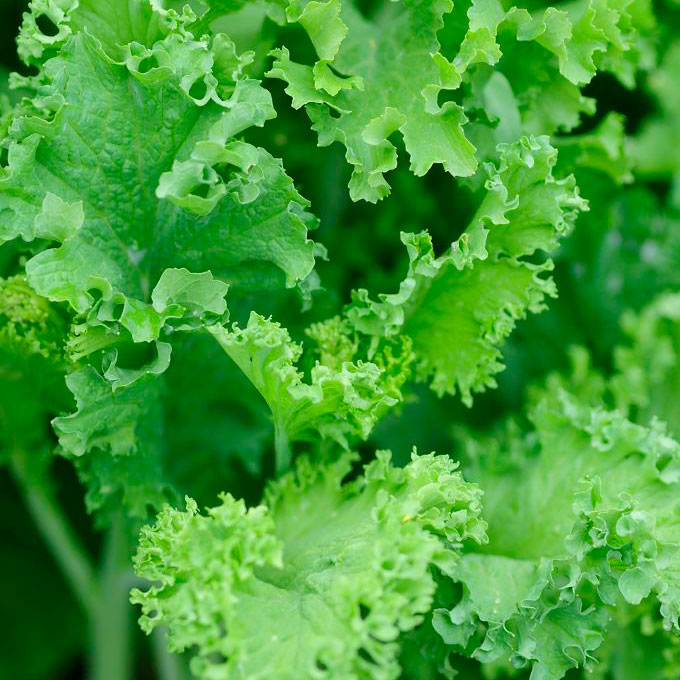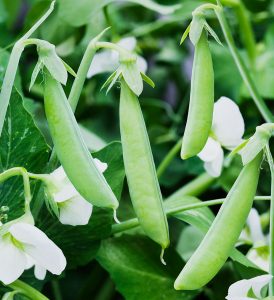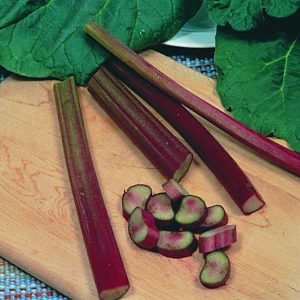

Very fast-growing, nutritious, leafy greens for cool-season growing. Always taste sweeter when nipped by frost. Can cook Southern style or even cut up raw for a nippy, peppery taste in salads. A whole leaf will add spark to a sandwich. Grows best in full sun, but will tolerate partial shade and even appreciates it in spring in hot climates.
- Light Full sun to part shade
- Leaf size 8 to 15 inches
- Matures 45 days
- Plant spacing 12 inches apart
Light requirements Full sun is ideal, but plants yield in part shade. Protect plants from strong afternoon sun in warmest regions.
Planting Space 12 to 18 inches apart. (Read the stick tag that comes with the plant for specific spacing recommendations.)
Soil requirements These greens need moist, nutrient-rich soil. Amend soil with 4 to 6 inches of compost or other organic matter prior to planting. Soil pH should be 6.5 to 6.8.
Water requirements Keep soil consistently moist throughout the growing season. Aim for 1 to 1.5 inches of water per week through rainfall or irrigation. Droughty conditions cause flavor to become strong and spicy. Mulch soil to reduce water evaporation and keep leaves clean from splashing soil.
Frost-fighting plan Established plants tolerate hard frosts (temperatures below 28º F). Frost-kissed leaves boast sweeter flavor. It’s a good idea to protect newly planted seedlings from late spring or early fall frosts by covering plants with a frost blanket.
Common issues Watch out for cabbage loopers, imported cabbageworms, and flea beetles.
Clubroot can attack plants.
Harvesting Harvest leaves when they are up to 10 inches long. Younger leaves have the mildest flavor and make a better choice for salads or sandwiches. Older leaves tend to be tougher and are better cooked. Pick outer leaves first, or cut the entire plant to 3 to 4 inches from the ground and allow the stub to resprout.
Storage Refrigerate unwashed leaves in a lightly damp paper towel slipped into a very loosely closed plastic bag. Leaves store up to 5 days.



